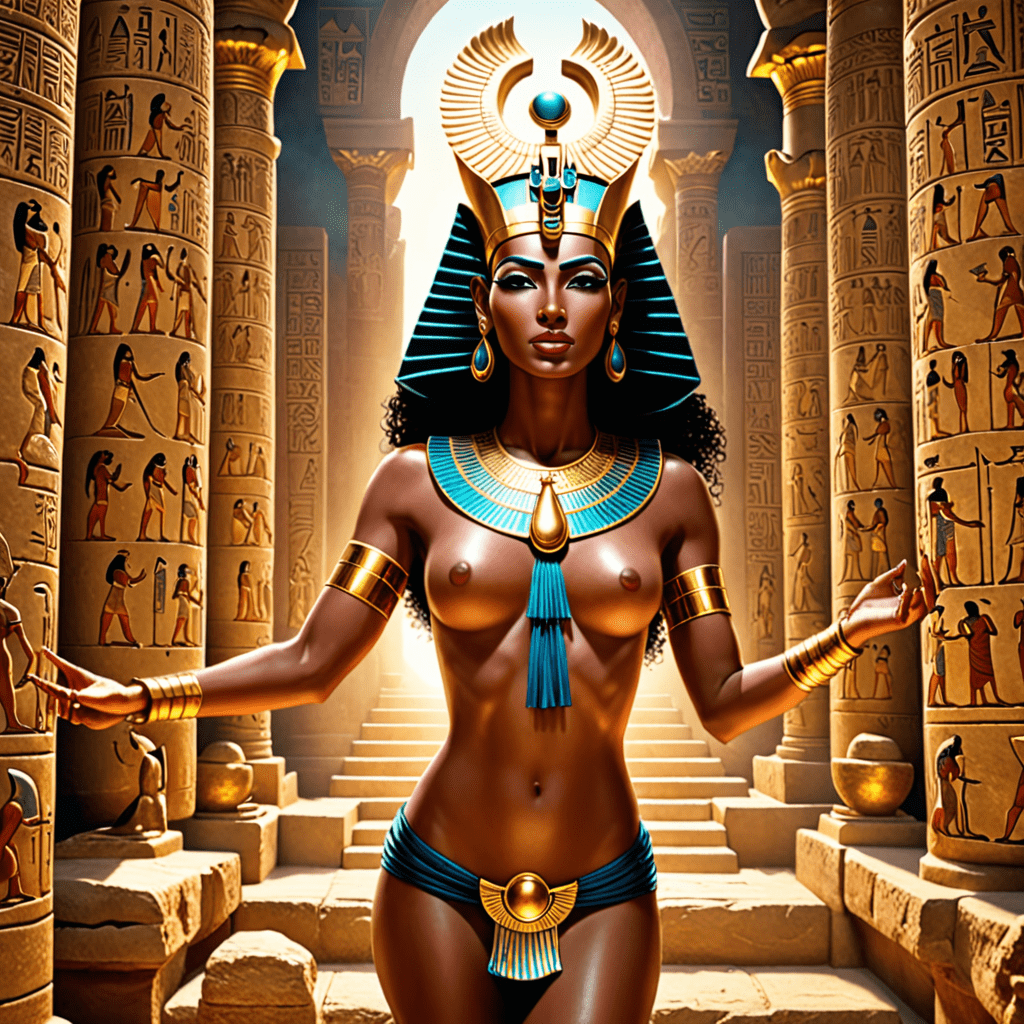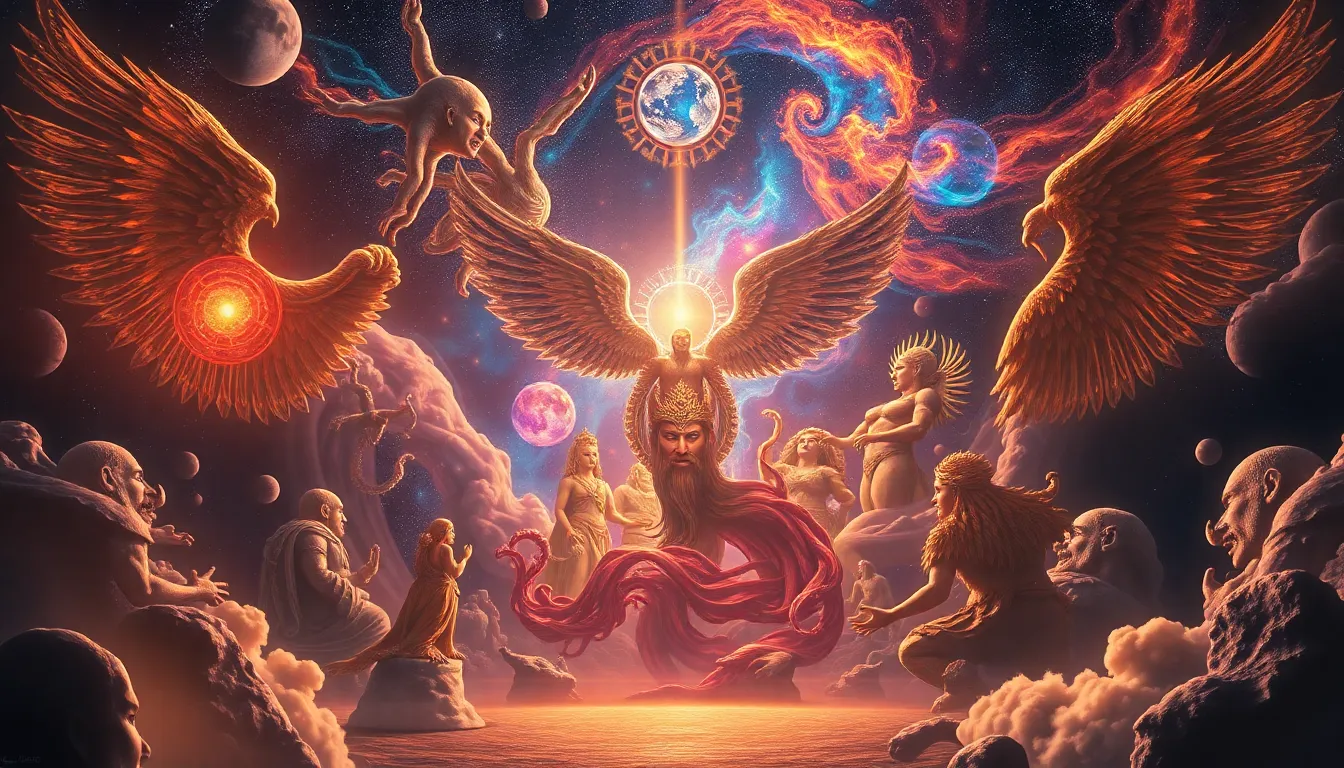The Myth of the Goddess Serket in Ancient Egypt
Ancient Egyptian mythology is rich with tales of powerful and revered deities, and among them is the enigmatic goddess Serket. Serket, also known as Selkis, was a prominent goddess in ancient Egyptian religion, associated with healing, protection, and magic. Let’s explore the fascinating myth surrounding the goddess Serket.
Who was Goddess Serket?
Serket was often depicted as a woman with a scorpion on her head or as a woman with a scorpion body, emphasizing her close association with these creatures. She was considered a guardian of the Pharaoh, as well as a protector of the dead in their journey to the afterlife. Serket was also believed to possess immense healing powers, particularly in treating ailments caused by venomous bites and stings.
Role of Serket in Egyptian Mythology
In Egyptian mythology, Serket played a crucial role in the story of Isis and Osiris. When Osiris was slain by his brother Set and his body scattered, it was Serket who came to protect the deceased god. With her divine magic, Serket helped Isis and Nephthys reassemble the body of Osiris, thus playing a pivotal role in the resurrection and eventual rule of Osiris in the underworld.
Worship and Rituals
Devotees of Serket revered her through various rituals and ceremonies aimed at invoking her blessings for protection and healing. Temples dedicated to Serket were places of solace for those seeking relief from ailments or divine intervention. Priests and priestesses serving in her temples were believed to be conduits for her healing powers, administering remedies to those in need.
Legacy of Serket
Even though the worship of ancient Egyptian deities has waned over time, the legacy of Serket endures in modern times. Scholars and enthusiasts of Egyptian mythology continue to study and appreciate the significance of Serket in the pantheon of Egyptian gods and goddesses. Her symbolism as a healer and protector resonates with many people seeking guidance and assistance in challenging situations.
In conclusion, the myth of the goddess Serket in ancient Egypt serves as a testament to the multifaceted nature of Egyptian deities and the deep reverence ancient Egyptians held for their gods. Serket’s association with healing, protection, and magic continues to captivate individuals curious about the intricate beliefs and practices of one of the world’s oldest civilizations.
Frequently Asked Questions about the Goddess Serket in Ancient Egypt
Who was the Goddess Serket?
Serket, also spelled Selket, was a prominent goddess in ancient Egyptian mythology. She was known as the goddess of scorpions, protection, medicine, and healing. Serket was often depicted as a woman with a scorpion on her head or as a scorpion itself.
What was the role of Goddess Serket in ancient Egyptian beliefs?
Goddess Serket played a crucial role in Egyptian beliefs as a protector of the dead and a guardian of the underworld. She was often invoked for protection against venomous bites and scorpion stings. Serket was also associated with healing, especially in cases of poisoning.
Was Goddess Serket associated with any other deities?
Yes, Goddess Serket was closely linked with other important Egyptian deities. She was often connected with Isis, the goddess of magic and motherhood, as well as with Anubis, the god of embalming and the afterlife. Serket was also sometimes associated with the sun god Ra.
How was Goddess Serket worshipped in ancient Egypt?
In ancient Egypt, Serket was worshipped through rituals, prayers, and offerings. Temples dedicated to her were built, and she was often invoked in



